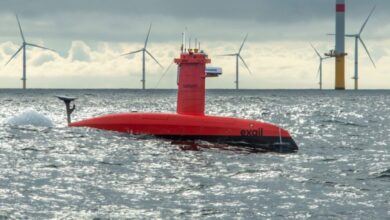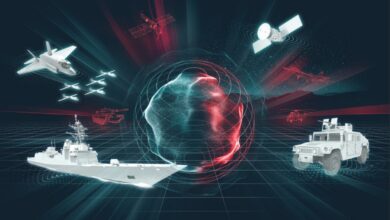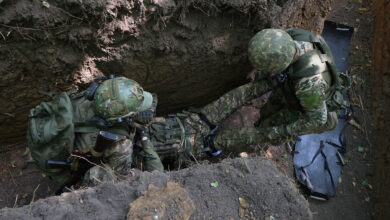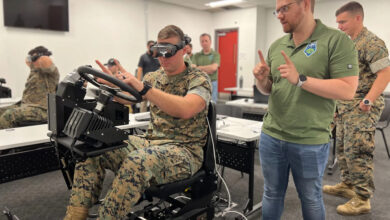US Navy Renovating Conference Center to Chemical Lab, Simulation Facility
The US Navy has begun renovating a conference center into a dual-purpose facility that will house a maritime chemical detection laboratory and the latest simulation technologies.
The remodeled US Navy Chemical, Biological, and Radiological Defense (CBRD) conference center will also include simulation capabilities for adversarial weaponry and modeling of other CBR contaminants.
The facility will be responsible for detecting, identifying, and researching protective capabilities that benefit the US Navy fleet, according to the US Naval Surface Warfare Center Indian Head Division (NSWC IHD).
Furthermore, CBRD experts will conduct research to support global crisis assistance through the future laboratory.
“One thing that has remained consistent with this facility and this command is providing capabilities to our fleet and joint force to conduct prompt and sustained combat incident to operations at sea,” NSWC IHD Commanding Officer Capt. Eric Correll said.
“For the warfare center and the team here, we have always been part of the research, development, test and evaluation of the latest technologies and get them out to the fleet for them to do what they need to do to fight and win. This facility is a part of carrying on that legacy,” Correll explained.

Understanding Current Threats
In addition to the facility’s main objectives, the CBRD team can use the site to test, construct, and incorporate recently fielded simulation capabilities with other next-generation technologies.
The facility is also expected to assist in developing the navy’s Operational Risk Model and the Improved Performance Research Integration Tool.
“We have been looking at legacy issues for a long time. Looking at all the traditional threats we have but there are new and future threats,” NAVSEA CBRD Technical Officer John Larzelere explained.
“This facility will not just validate, verify and understand current threats, but will build on the things coming down the road.”
“The facility that you are opening today is going to be a significant contribution to the efforts to ensure these types of materials are going to simply be a problem, not a threat to the Navy.”












